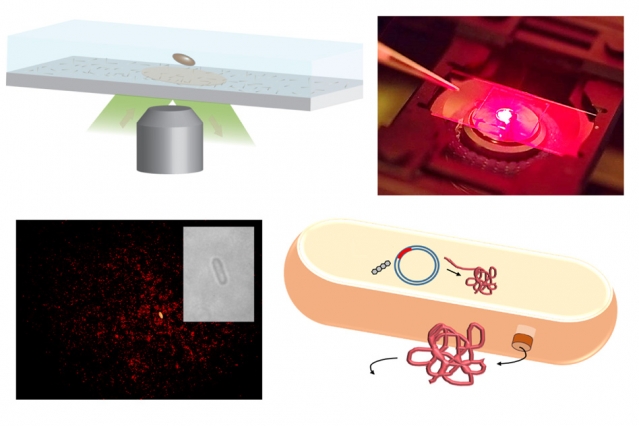A new way of tracking viral infection, food contamination and more emerged this week, as MIT engineers developed carbon nanotube sensors to detect single protein molecules #todaymagic
As you may or may now know, carbon nanotubes glow when they are exposed to laser light but it takes a little bit more to connect that fluorescence with the presence of certain proteins. MIT researches figured it out; they had to coat the nanotubes with materials that can bind to target molecules. In this experiment, they used aptamers, chains of DNA.
The coated carbon nanotubes were able to bind to the molecules and change their glow upon detecting RAP1, a signaling protein and HIV1 integrase, a viral protein. Researchers say this is a basic demonstration, as proteins from various bacteria, yeast or human cells placed inside the array of sensors can be tracked as well.
“We hope to use sensor arrays like this to look for the ‘needle in a haystack,’” says Michael Strano, the Carbon P. Dubbs Professor of Chemical Engineering at MIT. “These arrays represent the most sensitive molecular sensing platforms that we have available to us technologically. You can functionalize them so you can see the stochastic fluctuations of single molecules binding to them.”
Even better, sensors like these can be used to test cells engineered for different treatments without risking a patient’s well-being.
Follow TechTheLead on Google News to get the news first.























